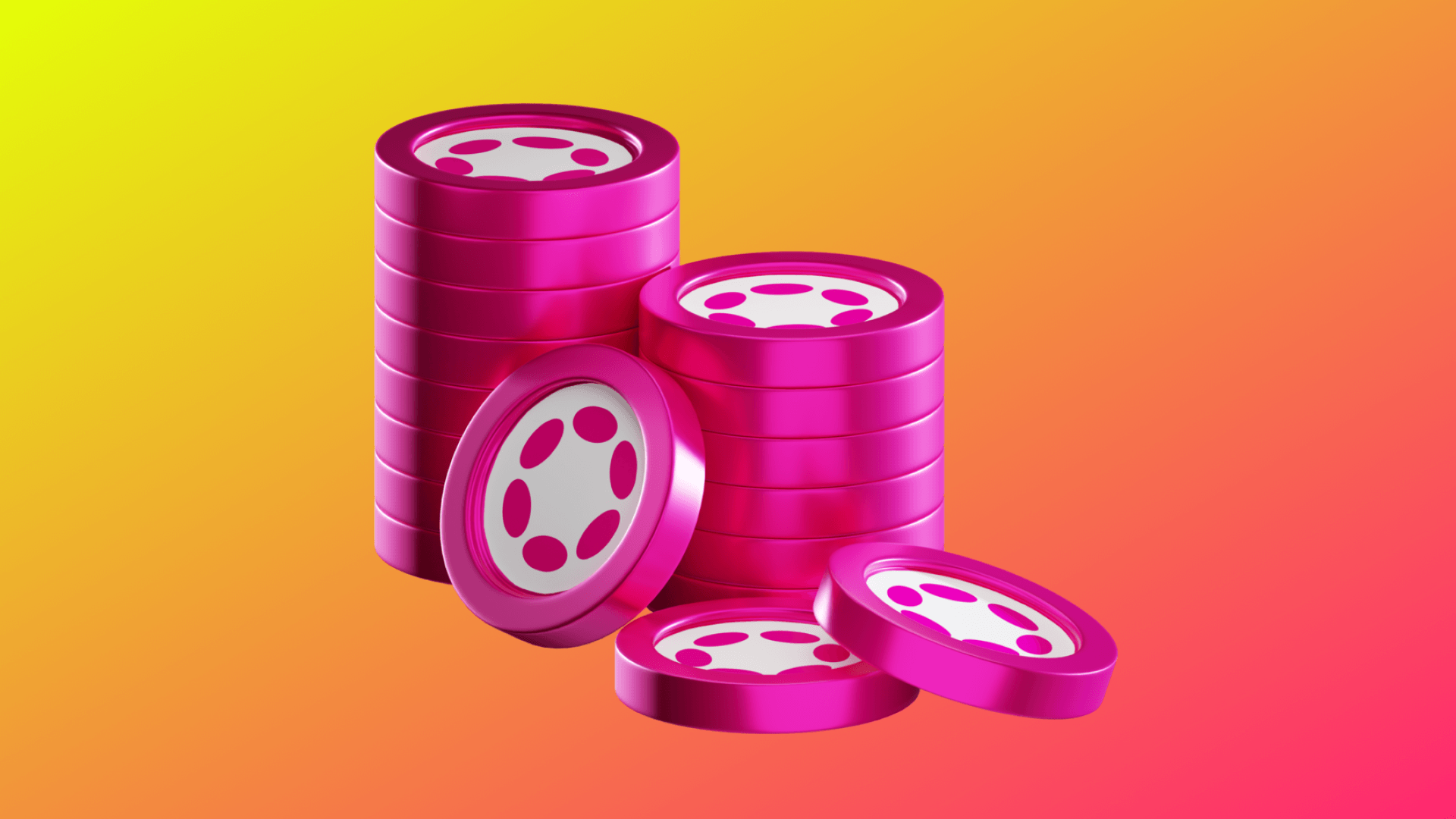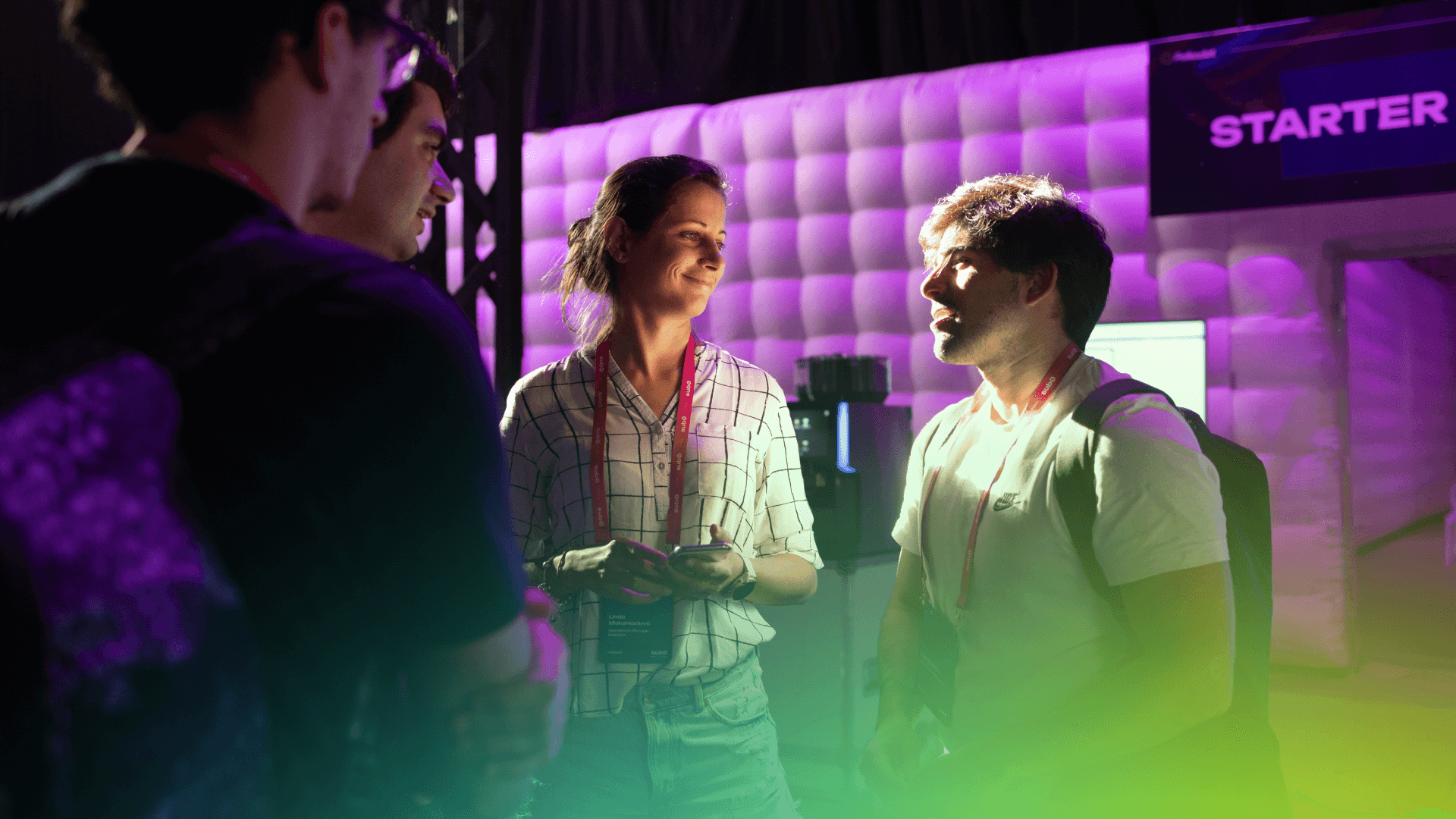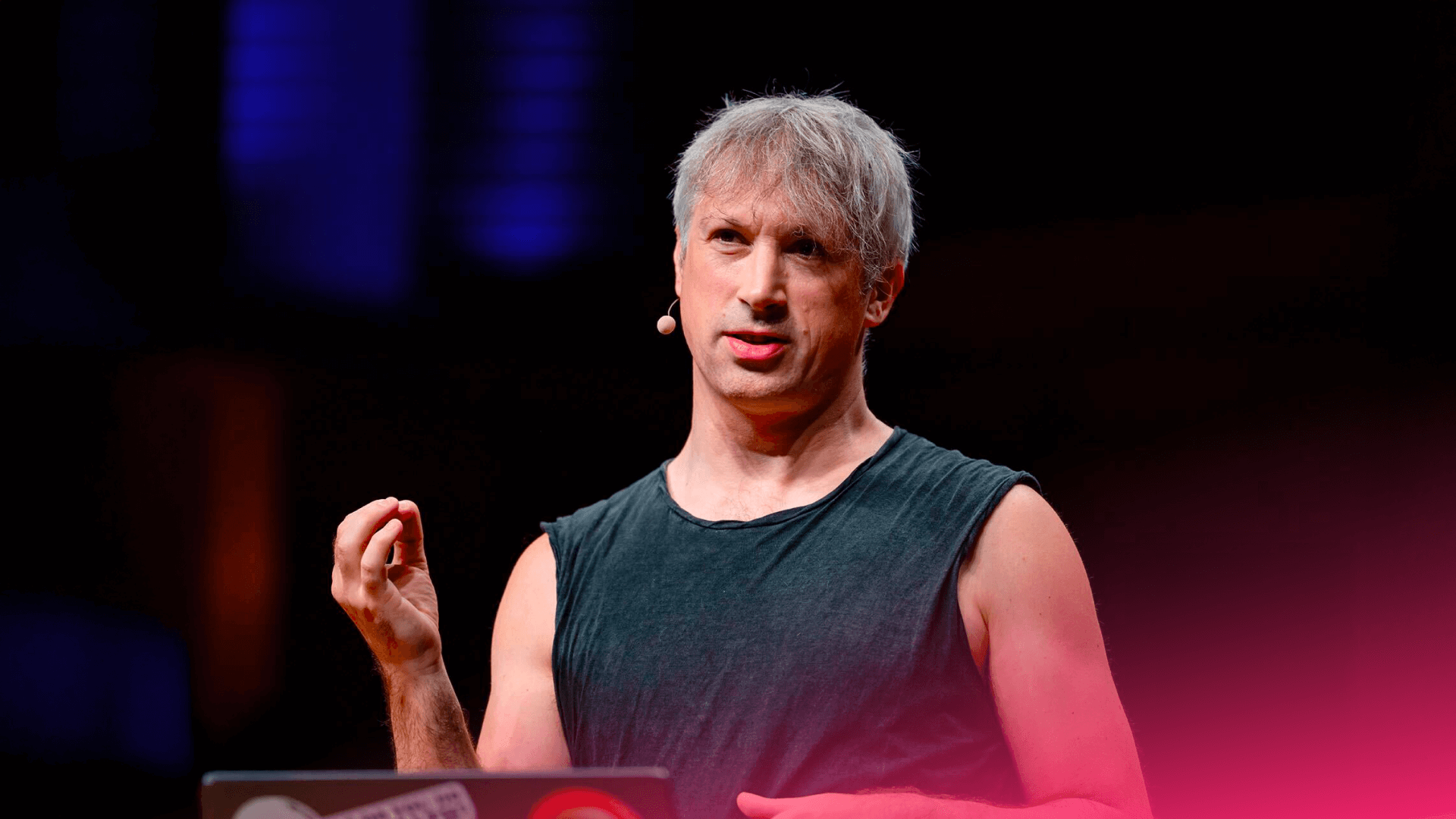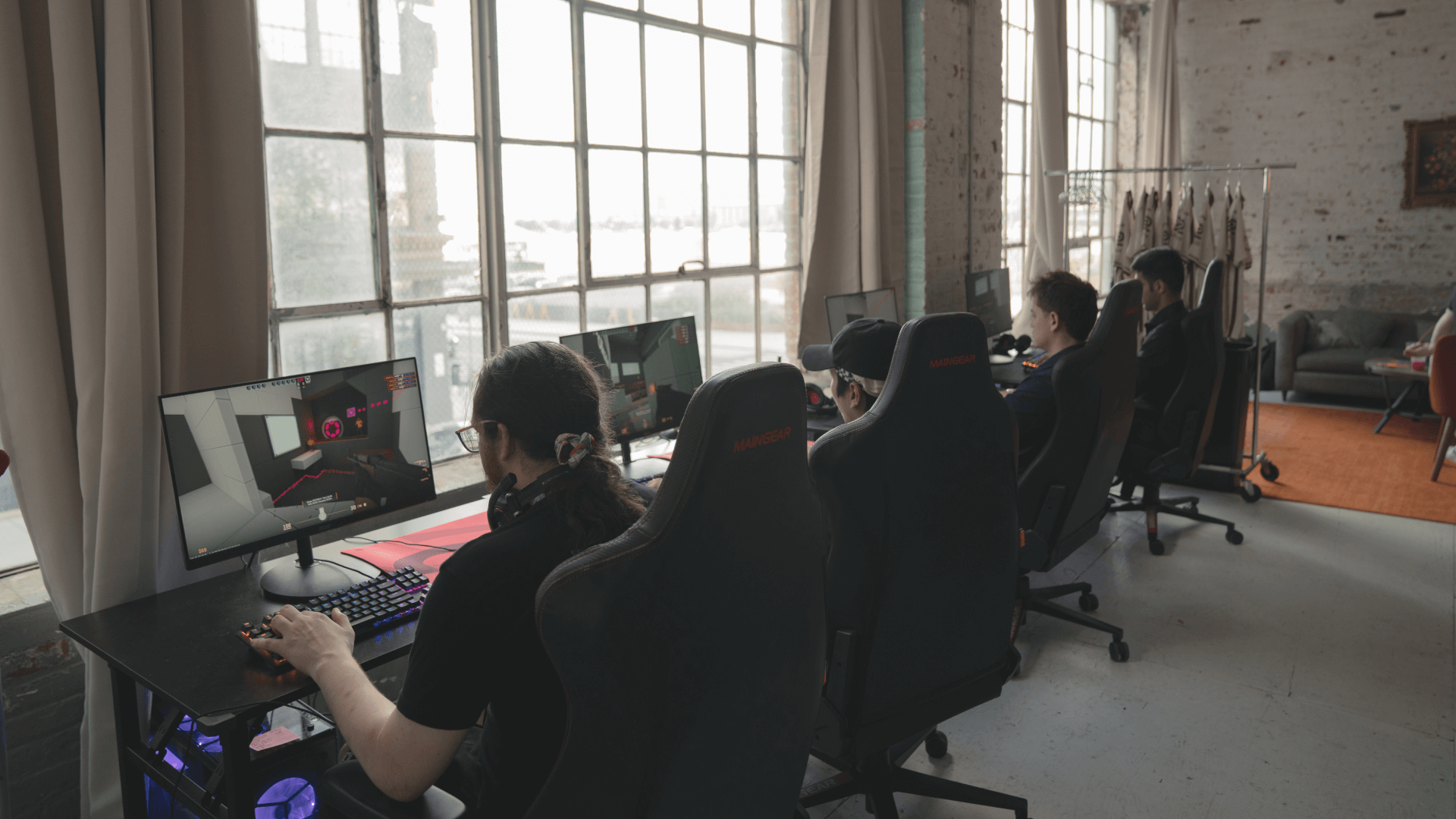From play-to-earn to play-to-own: Lessons for building the next generation of Web3 games
Explore the evolution from play-to-earn to play-to-own, and how Polkadot enables builders to create sustainable, player-first Web3 games.
 By Joey Prebys•May 1, 2025
By Joey Prebys•May 1, 2025
What you can expect
- How play-to-own (P2O) improves game design
- Applying P2O principles to beloved games
- Why Polkadot is built for sustainable Web3 gaming
- Lessons from Mythical Games and the future of P2O
Play-to-earn (P2E) promised a new era of blockchain gaming. One where players could finally profit from their time and skill. But as the dust settled, it became clear that the model was unsustainable. Many games prioritized speculation over storytelling, financial incentives over fun. The result? Burnout, broken economies, and players walking away when the rewards dried up.
For a broader look at how blockchain gaming lost its way, check out our article on why blockchain gaming isn’t just about making money. This piece takes the next step: exploring how play-to-own (P2O) shifts the focus from extraction to meaningful ownership, and why forward-thinking developers are turning to Polkadot’s modular infrastructure to build sustainable, player-first Web3 games.
What P2E got right—and where it went wrong

Play-to-earn started with good intentions: rewarding players for their time and giving them a financial stake in the games they loved. Early projects like Axie Infinity and STEPN even created real-world impact, helping players in emerging markets pay rent and build businesses.
But even these early leaders exposed the model’s deeper flaws. As growth accelerated, both games became increasingly extractive. Player earnings shrank, gameplay stagnated, and player retention became dependent on a steady flow of new entrants rather than sustainable design.
Across the broader ecosystem, the cracks widened. A wave of low-effort games copied the surface-level mechanics of P2E without investing in fundamental elements like gameplay, balance, or user experience. Many simply re-skinned speculative DeFi strategies, turning games into short-lived yield farms.
Instead of building sustainable worlds, these projects prioritized extraction over long-term player retention. The results were predictable: shallow mechanics, extractive tokenomics, and poorly thought-out economies that collapsed under their own weight. In many cases, players were incentivized to enter early and exit fast. When the rewards disappeared, so did the communities.
Why play-to-own creates a better gaming experience
Where P2E relied on financial incentives to drive player behavior, P2O shifts the focus to ownership, immersion, and long-term engagement. When players truly own their in-game assets—whether it's a leveled-up character, a custom-built item, or a piece of virtual land—they become invested in the worlds they help shape.
This isn’t just about holding an NFT. It's about forging a deeper connection to the game itself. Ownership adds weight to decisions, progress, and creativity. Players care more when what they build or earn is theirs to keep, trade, or use across ecosystems.
From a design perspective, P2O changes the goal. Instead of offering token rewards to keep players active, developers create systems that reward participation through meaningful customization, progression, and community interaction. The game becomes the primary reward.
This also shifts how studios measure success. Rather than focusing on token velocity and short-term growth, they prioritize retention, engagement, and sustainable in-game economies. That leads to stronger communities and more resilient game ecosystems.
By anchoring value in experience instead of speculation, P2O supports a more balanced approach to Web3 game design—one that puts players first.
Reimagine beloved games through a P2O lens
To truly understand the potential of play-to-own, it helps to imagine how it could expand the worlds we already love. Not by replacing what makes them special, but by giving players lasting ownership, real creative freedom, and a meaningful stake in the future of their favorite games.
Animal Crossing: New Horizons
Players spend years carefully designing islands, breeding rare flowers, and crafting furniture, yet all of that work stays locked inside Nintendo’s servers. If the game shuts down, players lose everything. A P2O approach could change that. Players could truly own their islands and creations as portable, verifiable assets—free to carry into new worlds, expansions, or even community-run versions of the game. Blockchain would preserve player creativity across ecosystems, with ownership built into the experience.
Pokémon
This is a series that has built decades of loyalty around players’ personal connections to their Pokémon teams. Right now, even transferring Pokémon across generations can be complicated and gated behind paid services like Pokémon Home. With play-to-own, players could truly own the Pokémon they catch, raise, and carry their full battle history, achievements, and evolutions across games, because they own them, not just because a company allows it. Blockchain could turn these stories into dynamic sagas that evolve across generations, rather than resetting with each new title.
Stardew Valley
In this game, much of the magic comes from its strong community culture. Today, players can suggest ideas, but they have no real stake in the game’s future. A P2O approach could change that. Imagine if Stardew was run like a DAO where players earned voting rights based on in-game participation. They could propose expansions, fund seasonal events, and take ownership in evolving the world they love. Blockchain wouldn’t just let players own farms or cosmetic items. It would give them a real stake in shaping the future of the Stardew universe itself.
Play-to-own isn’t about locking gaming behind tokens. It’s about unlocking a future where players own their stories, control their creations, and help build worlds that live beyond the limits of any one studio or server.
Why Polkadot is the infrastructure layer for P2O

P2O sounds great in theory, but it needs the right tech stack to deliver on its promise. This is where Polkadot comes in. As the infrastructure that makes true ownership in gaming not just possible, but practical at scale.
Ethereum's gas fees and smart contract limitations, Solana's instability, and L2 congestion all create bottlenecks for games that need complex mechanics and high player concurrency. Scaling solutions exist, but often at the cost of performance and reliability.
Polkadot flips this dynamic completely. Here's how:
- Polkadot SDK: Enables studios to build application-specific blockchains tailored to their gameplay mechanics, incentive structures, and in-game economies. Developers can define custom asset standards and governance frameworks directly at the blockchain level, optimizing the experience for players.
- Cross-Consensus Messaging (XCM): Facilitates seamless communication between blockchains, allowing assets, player identities, and in-game data to move securely across different games and platforms. This interoperability supports modular, evolving ecosystems where players can carry progress and creativity between worlds.
- Agile Coretime: Enables developers to purchase flexible, predictable access to blockspace based on real demand. Projects can scale resources up or down without long-term commitments, supporting games that grow and evolve alongside their communities.
- Shared security: Protects all connected blockchains through the Polkadot Chain, removing the burden of bootstrapping independent validator networks. Developers can focus on building rich, player-driven experiences without managing complex network security infrastructure.
This isn’t theoretical. Teams are already building on Polkadot today to create Web3 games that prioritize ownership, creativity, and player-driven economies, moving beyond the speculative models of early blockchain gaming.
Mythical Games on Polkadot: a case study in invisible infrastructure

When Mythical Games migrated its Mythos Chain to Polkadot, it wasn’t just a technical shift. It was a strategic decision to deliver scalable, player-owned ecosystems without compromising performance or user experience.
Mythical needed infrastructure that could handle millions of transactions, support real economic activity around digital assets, and deliver a seamless experience for players. On legacy chains, high gas fees, limited throughput, and fragmented standards had created friction for both developers and users.
Polkadot’s modular architecture provided the foundation Mythical needed. By building on Polkadot, Mythical gained the flexibility to optimize for high-throughput gaming operations while benefiting from shared security across the network. Developers could focus on gameplay and economy design, without needing to manage their own validator set or deal with unpredictable gas environments.
The results have been tangible. Within 48 hours of migration, Mythos Chain processed more than three million transactions and supported the issuance and transfer of over sixteen million NFTs. These transactions happened with minimal latency and without exposing players to the technical complexity of blockchain interactions.
Mythical’s NFL Rivals is already reaching mainstream players by giving them true ownership of collectible NFL player cards. These assets live on the Mythos blockchain, giving players custody and control even beyond the game itself. Upcoming releases like Pudgy Party and FIFA Rivals continue this model, blending Web2 polish with Web3 ownership.
For game developers, Mythical’s approach offers a clear example: building for players first, using modular blockchain infrastructure that enhances the experience without getting in the way. Ownership becomes a feature, not a barrier. The blockchain disappears into the background, exactly as it should.
From play-to-earn to play-to-own to play-to-stay
The future of blockchain gaming isn't about chasing tokens or financial rewards. It's about designing worlds players want to live in, build in, and belong to. Play-to-own shifts the focus from speculation to storytelling, from extraction to immersion.
The best P2O games will tap into everything players already love: customization, digital identity, progression, and community. Blockchain adds a crucial new layer—real ownership—without forcing players to change how they play. It's not about crypto users adopting games. It's about gamers embracing crypto infrastructure because it simply makes the experience better.
Lasting game ecosystems will be built around meaning, not mechanics. Players will stay because the world is worth investing in, not because there's a token payout waiting at the end.
Polkadot gives developers the freedom and flexibility to build that future. With modular architecture, seamless interoperability, and player-first tools like the Polkadot SDK, teams can focus on creating rich, evolving game worlds, not fighting infrastructure limits.
Ready to start building? Explore the Polkadot SDK.











